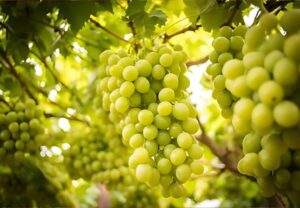As the search for greater advantages in fresh produce marketing continues, there is a renewed focus on branding to highlight new fresh produce categories. Until two decades ago, country of origin and the brands that were built around it dominated fruit and vegetable marketing.
This has now been transformed into a focus on brands within categories of fresh produce, supplied from orchards around the world.
In South African terms the arrival of Pink Lady as a brand was of great significance, and growers in the country have made the most of the advantages this brings for them.
More recently a new red Gala, Big Bucks, with full South African ownership, became the fastest-growing new apple variety in the country.
Big Bucks is now being marketed under the Flash Gala brand, which has taken markets in the east by storm.
In the citrus sector, ClemenGold has become an international mandarin brand, and there are now similar initiatives for other citrus varieties.
The aim is to create brands reflecting the same high quality and standards for different varieties that fits together, and are on market shelves for longer periods.
Growers say that the latest variety joining the Pink Lady brand could be Ruby Mathilda.
Pink Lady was born from the Cripps Pink variety and the other cultivars contributing to the brand are Rosy Glow and Lady in Red.
“Now the buzz is all about Ruby Mathilda,” said Calla du Toit, chairman of Pink Lady South Africa.
This new variety is an enhanced mutation of Cripps Pink, featuring a blushed pink hue instead of red.
“Its flavour profile delivers a delightful balance of sweetness and tartness, appealing to the taste preferences of European and UK consumers,” noted Du Toit.
“I anticipate that Ruby Mathilda or Lady in Red will replace many Cripps Pink orchards.”
Creating brands in the table grapes sector, which includes a range of varieties, is one development that would make things easier for growers.
Until recently grape growers lamented the fact that they had to assess up to 50 varieties in order to make informed decisions about what they could plant.
Recently, certain breeders have created their own brands which could partly solve the problem, but any successful branding will have to ensure that one has a range of early, mid and late season varieties with the exact same characteristics, colours and taste that could be branded and sold over a longer period.
This will enable aggressive consumer promotions, like those that have been seen in apples and mandarins, to effectively reach consumers.






























